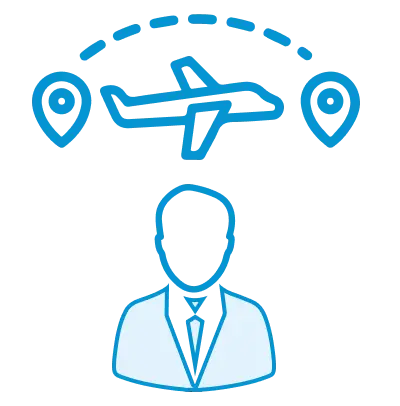We're open through the holidays to support your upskilling goals — book your session today!
We're open through the holidays to support your upskilling goals — book your session today!
Unable to find what you're searching for?
We're here to help you find itChange Technology
Acceptance Testing is a crucial phase in the software development lifecycle (SDLC) that ensures an application meets business requirements and user expectations before deployment. It verifies that the software functions correctly in real-world scenarios, reducing post-release defects and ensuring a seamless user experience. There are different types of Acceptance Testing, including User Acceptance Testing (UAT), Operational Acceptance Testing (OAT), and Contract Acceptance Testing (CAT), each addressing specific validation needs.
Organizations prioritize Acceptance Testing to maintain quality assurance (QA) standards, comply with regulatory requirements, and enhance customer satisfaction. It is widely used across industries such as finance, healthcare, e-commerce, and cloud computing to validate applications before launch.
Professionals skilled in Acceptance Testing are in high demand as businesses strive for bug-free, high-performance software. Learning this skill is essential for QA engineers, software testers, and project managers looking to enhance their expertise. Major corporations like Google, Microsoft, IBM, and Amazon integrate rigorous Acceptance Testing into their software development processes, ensuring top-tier product performance.
Master Acceptance Testing to boost your QA testing skills and contribute to delivering flawless software solutions in today's competitive IT landscape.

Clear All
Filter
Clear All
Clear All
Clear All
*Excluding VAT and GST
Showing to of entries
The concept of Acceptance Testing has been around since the early days of software engineering, evolving alongside quality assurance methodologies. Initially, software testing focused only on functional validation, but as applications became more complex, the need for user-centric testing emerged.
In the 1980s and 1990s, companies began implementing User Acceptance Testing (UAT) to ensure software met business and end-user requirements before deployment. The rise of Agile and DevOps in the 2000s further refined Acceptance Testing, integrating it into continuous integration (CI) and continuous delivery (CD) pipelines for faster software releases.
Today, Acceptance Testing is a standard practice in software development, supported by automation tools like Selenium, JUnit, and Cucumber. As industries demand high-quality software solutions, Acceptance Testing continues to be a critical step in the software deployment process, ensuring smooth performance and user satisfaction.
Modern Acceptance Testing is evolving with automation, AI-driven testing, and cloud-based solutions. Companies are increasingly adopting test automation frameworks to enhance efficiency, with tools like Cypress, Selenium, and TestComplete streamlining UAT and regression testing.
The integration of Artificial Intelligence (AI) and Machine Learning (ML) in testing is revolutionizing Acceptance Testing, enabling self-healing scripts and predictive analytics to identify potential failures before they occur. Additionally, cloud-based testing platforms such as LambdaTest and BrowserStack allow teams to conduct cross-browser and remote testing, improving accessibility and scalability.
With the rise of DevOps and CI/CD, Acceptance Testing is now integrated into continuous testing pipelines, ensuring rapid software releases while maintaining quality. As businesses move towards agile and shift-left testing approaches, professionals with expertise in Acceptance Testing are in high demand for ensuring seamless user experiences and bug-free software deployments.
Ans - No, the published fee includes all applicable taxes.



